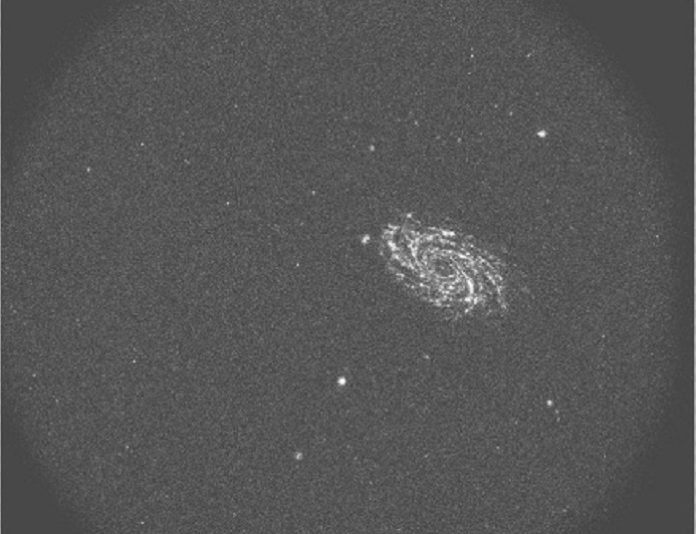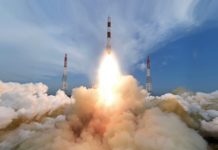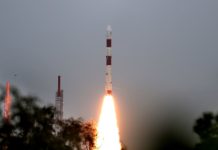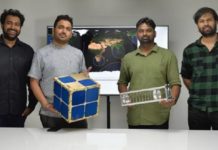In light of the detection of gravitational wave (GW) GW170817, caused by the merger of binary neutron stars, the Indian Space Research Organisation (ISRO) has declared it will improve the sensitivity of its space-based gamma-ray burst (GRB) detector for failing to detect the event’s corresponding GRB.
ISRO’s current space-based GRB, known as CZT Imager (CZTI), is an instrument aboard its space observatory AstroSat. Having detected a GRB one day after the spacecraft’s launch in 2015, CZTI has contributed much to GRB research over the past 2 years. However, the instrument failed to detect any GRB linked to GW170817, which was detected by NASA’s Fermi and ESA’s INTEGRAL space telescopes. The GRB was also, according to the Chinese Academy of Sciences, detected by the recently-launched Hard X-ray Modulation Telescope (HXMT).
According to ISRO, CZTI’s failure to detect the GRB is likely due to the source was blocked by the Earth. Said ISRO in its press release, “….through better algorithms and simulations: it should be possible to independently confirm and localise gamma-ray events for future GW associations.”
GW170817 has made headlines for being the first time a GW from a neutron star-merger has been detected; previously, all GWs detected had originated from black holes. Unlike black hole GWs, this event was followed by signals received by optical and radio telescopes across the world, across various bands of the electromagnetic spectrum. Besides contributing to GW research, the event will also help researchers study the origins of heavy metals such as gold and silver.







